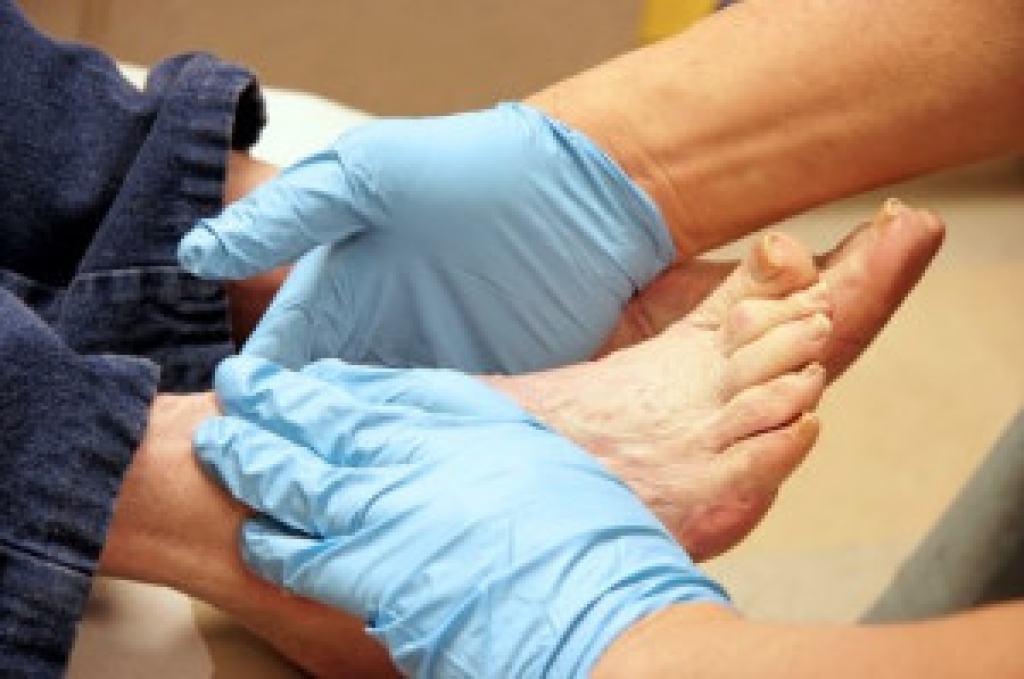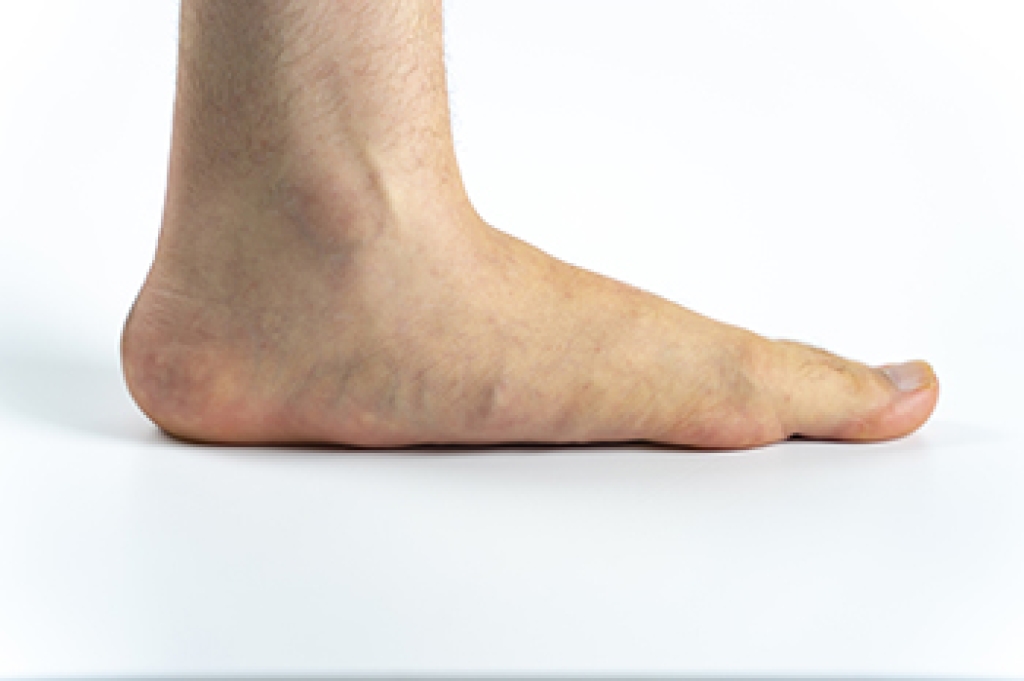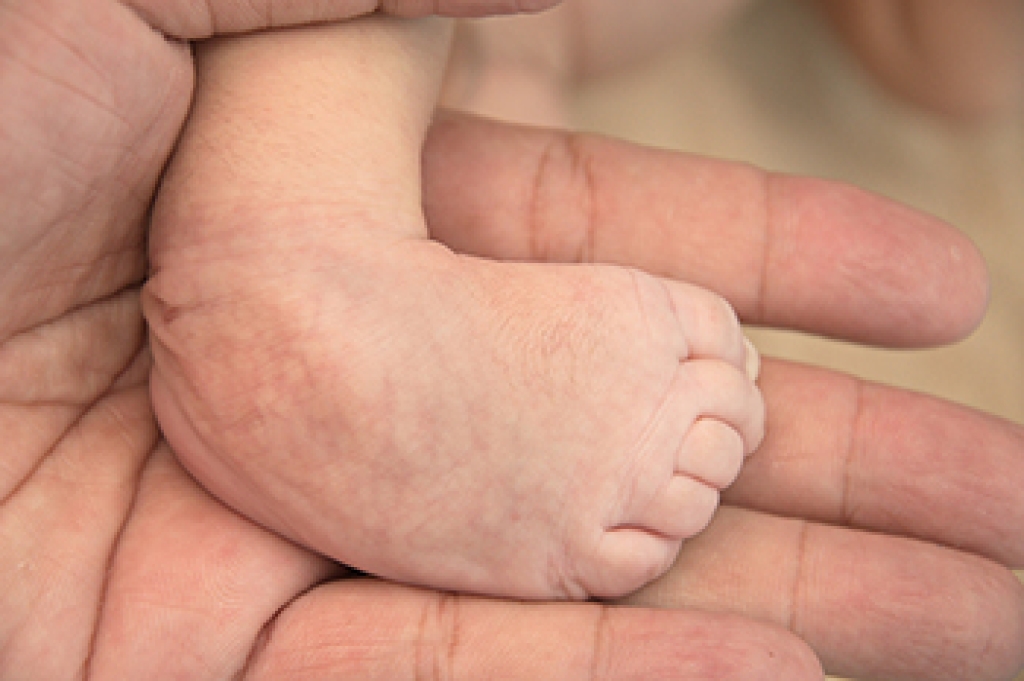
People with diabetes face higher risks of foot problems due to poor circulation and nerve damage, which can make small injuries turn serious quickly. Podiatrists play an important role in helping these patients avoid complications. They provide regular foot checks to catch issues early, before they worsen. Care often includes trimming toenails safely, checking skin health, and treating calluses or corns that could lead to wounds. If a foot ulcer or wound develops, a podiatrist can create a treatment plan to promote healing. This may involve cleaning the wound, removing damaged tissue, and using advanced methods like special dressings or negative pressure therapy. Podiatrists also educate patients about proper footwear to prevent injuries and using orthotics for better support. For people with diabetes, foot care is not just a comfort issue, but a critical part of staying healthy. If you have diabetes and notice any changes in your feet, it is suggested you schedule an appointment with a podiatrist who can help you to manage this serious condition.
Diabetic foot care is important in preventing foot ailments such as ulcers. If you are suffering from diabetes or have any other concerns about your feet, contact Darlyne Cange, DPM from Cange Podiatry, DPM, PA. Our doctor can provide the care you need to keep you pain-free and on your feet.
Diabetic Foot Care
Diabetes affects millions of people every year. The condition can damage blood vessels in many parts of the body, especially the feet. Because of this, taking care of your feet is essential if you have diabetes, and having a podiatrist help monitor your foot health is highly recommended.
The Importance of Caring for Your Feet
- Routinely inspect your feet for bruises or sores.
- Wear socks that fit your feet comfortably.
- Wear comfortable shoes that provide adequate support.
Patients with diabetes should have their doctor monitor their blood levels, as blood sugar levels play such a huge role in diabetic care. Monitoring these levels on a regular basis is highly advised.
It is always best to inform your healthcare professional of any concerns you may have regarding your feet, especially for diabetic patients. Early treatment and routine foot examinations are keys to maintaining proper health, especially because severe complications can arise if proper treatment is not applied.
If you have any questions, please feel free to contact our offices located in Glen Burnie and Ellicott City, MD . We offer the newest diagnostic and treatment technologies for all your foot care needs.




